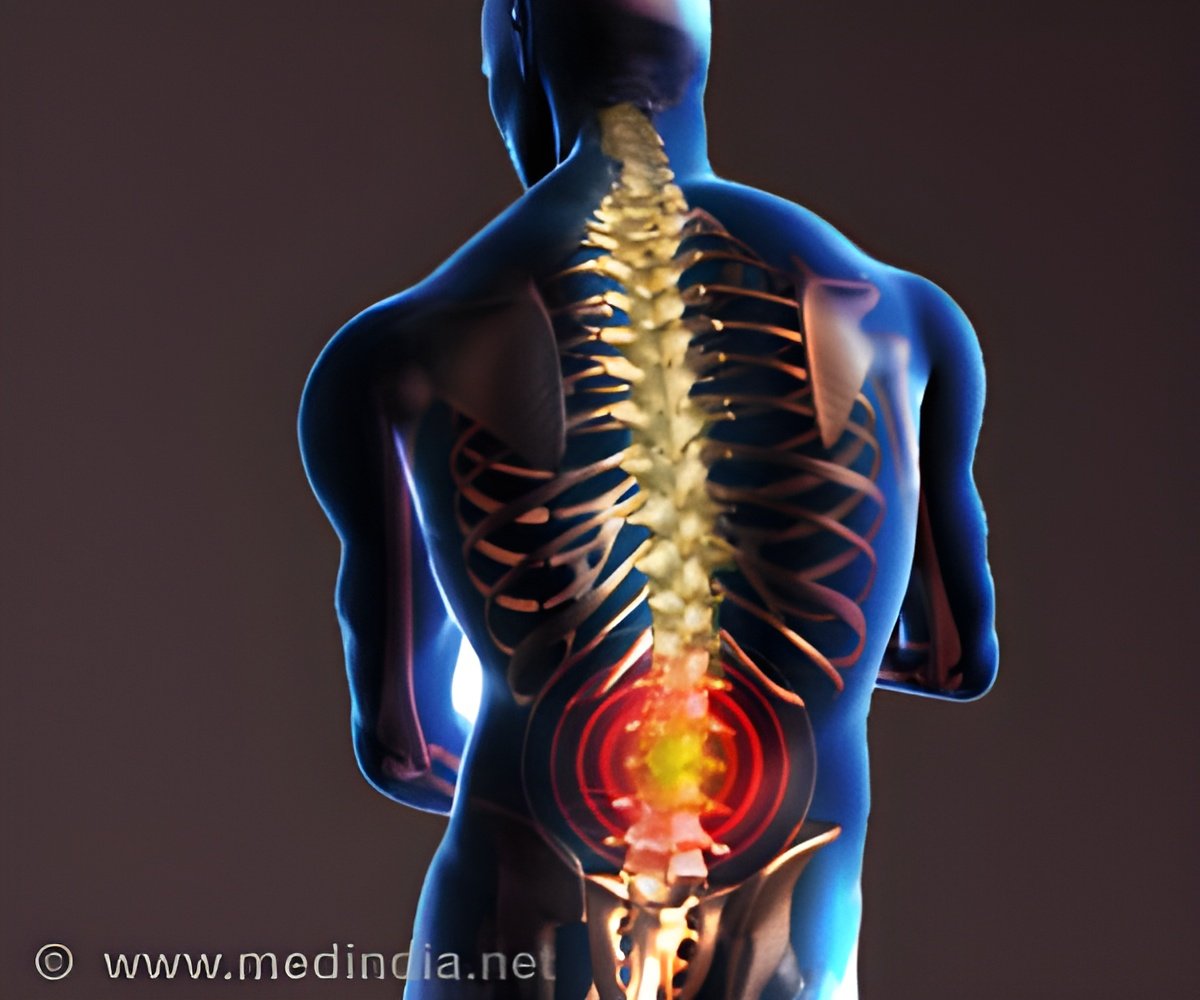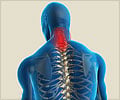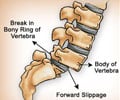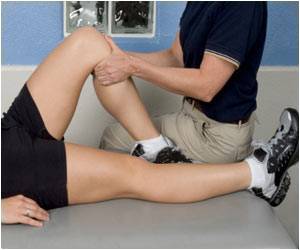A new study finds that lower back injuries are the third most common injuries suffered in athletes under age 18.

Jayanthi presented findings Oct. 28 at the American Academy of Pediatrics National Conference and Exhibition in Orlando.
The study included more than 1,200 young athletes who suffered 843 injuries. Lower back injuries accounted for 127 injuries (15.1 percent of the total). The only injuries more common were knee (31.1 percent) and ankle (16 percent). Other common injuries include head injuries and concussions (13.4 percent), shoulder (10.7 percent) and hip (6.4 percent). Sixty-one percent of back injuries were less serious, such as injuries in the lumbar facet and sacroiliac joints. But 39 percent were serious, including stress fractures and complications of stress fractures such as spondyloysis and spondylolisthesis.
"If a young athlete has lower back pain for two weeks or longer, it is imperative that the athlete be evaluated by a sports medicine physician," Jayanthi said. "If a serious injury such as a stress fracture is not properly treated and does not heal properly, the athlete could be at risk for long-term back problems."
Jayanthi said young athletes are at risk of back injury from hyperextension (arching of the lower back) and other improper techniques. Insufficient strength of the abdominal and back extensor muscles also may contribute to injuries. The greatest risk appears to be the amount of intensive training done by a developing young athlete.
The study found that young athletes with lower back injuries tended to spend more time playing sports than other kids who were injured. Those with back injuries spent an average of 12.7 hours per week playing sports, while the average for all kids who were injured was 11.3 hours per week, said study co-author Lara Dugas, PhD.
The study confirmed preliminary findings, reported earlier, that specializing in a single sport increases the risk of overall injury, even when controlling for an athlete's age and hours per week of sports activity. "We should be cautious about intense specialization in one sport before and during adolescence," Jayanthi said.
- If there's pain in a high-risk area such as the lower back, elbow or shoulder, the athlete should take one day off. If pain persists, take one week off.
- If symptoms last longer than two weeks, the athlete should be evaluated by a sports medicine physician.
- In racket sports, athletes should evaluate their form and strokes to limit extending their backs regularly by more than a small amount (20 degrees).
- Enroll in a structured injury-prevention program taught by qualified professionals.
- Do not spend more hours per week than your age playing sports. (Younger children are developmentally immature and may be less able to tolerate physical stress.)
- Do not spend more than twice as much time playing organized sports as you spend in gym and unorganized play.
- Do not specialize in one sport before late adolescence.
- Do not play sports competitively year round. Take a break from competition for one-to-three months each year (not necessarily consecutively).
- Take at least one day off per week from training in sports.
The current study was funded by two research grants from the American Medical Society for Sports Medicine. Jayanthi is a member of an AMSSM committee that is writing guidelines on preventing and treating overuse injuries in young athletes.
Jayanthi is Medical Director of Primary Care Sports Medicine at Loyola. He is an associate professor in the Departments of Family Medicine and Orthopaedic Surgery & Rehabilitation at Loyola University Chicago Stritch School of Medicine. Dugas is a research assistant professor in Loyola's Department of Public Health Sciences.
Other co-authors are Cynthia LaBella, MD, and Brittany Patrick of Lurie Children's hospital. Loyola medical students and research assistants who assisted in the study are Dan Fisher, Courtney Pinkham, Erin Feller and Peter Linn.
The study was originally supported by Stritch School of Medicine's Student Training in Approaches to Research (STAR) program.
Source-Newswise
 MEDINDIA
MEDINDIA




 Email
Email






